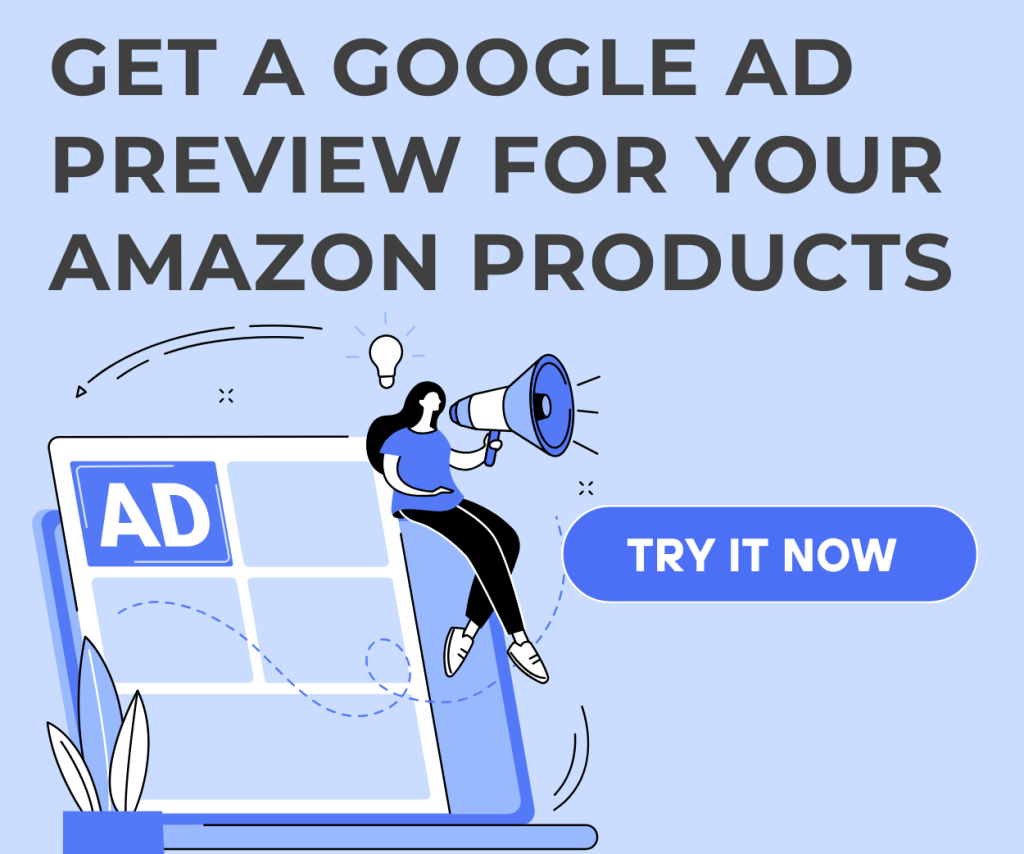As the U.S. Department of Justice pushes forward with antitrust actions against Google, multiple filings outline sweeping remedies that could reshape the advertising landscape. From auction transparency to ad tech restructuring, here’s what advertisers should know:
You can access the documents here
1. Ending the Default Search Monopoly
What’s proposed:
- Prohibit Google from paying device makers or browser developers to be the default search engine.
- Ban mandatory preinstallation of the Google app, widget, or Chrome browser.
- Require mandatory choice screens on devices and browsers to let users select their preferred search engine.
“Payment bans are necessary to prevent Google from perpetuating the anticompetitive effects of its unlawful conduct.”
“The [proposed final judgment] requires Google to divest Chrome, which will permanently stop Google’s control of this critical search access point.”
Why it matters: These steps aim to open up access to search traffic—giving rival platforms a fighting chance and creating room for diversified ad strategies beyond Google.
2. Transparency in Ad Auctions
What’s proposed:
- Google must reveal details of its ad auction mechanics, including:
- Bid ranking logic
- Pricing rules
- Allocation outcomes
Why it matters: Advertisers would finally have visibility into how their ads win (or lose) in auctions—empowering better bidding, ROI forecasting, and budget justification.
3. Ban on Self-Preferencing in Ads & Search
What’s proposed:
- Google would be barred from favoring its own services—including Google Ads, AdX, DV360, YouTube, Maps, or Gemini—in auctions or organic search results.
“Google would be prohibited from favoring its own services (e.g., Google Maps, YouTube, Gemini) in search results or ad placements.”
Why it matters: This levels the playing field for third-party platforms and tools, potentially lowering CPCs and enabling a more diverse tech stack for advertisers.
4. Ad Performance Data Sharing
What’s proposed:
- Google would be required to share anonymized performance data with advertisers and rival platforms to improve:
- Attribution modeling
- Cross-platform campaign optimization
- Competitor benchmarking
“Google’s refusal to share ad performance data impairs advertisers’ ability to optimize campaigns.”
Why it matters: No more being locked into Google’s black box. This could enable multi-channel visibility, improve analytics, and offer more freedom in platform choice.
5. Open Access & Inventory Syndication
What’s proposed:
- Google would be required to allow competing platforms to syndicate its ad inventory.
- Prevent exclusive ad deals that restrict rivals from gaining scale.
Why it matters: Smaller ad networks and DSPs could grow—giving advertisers more reach, better pricing dynamics, and reduced reliance on Google’s stack.
6. Structural Breakups & Acquisition Limits
What’s proposed:
- Possible divestiture of Google Chrome to reduce search distribution control.
- Ad tech divestiture to dismantle vertical integration from publisher ad server to ad exchange to DSP.
- Restrictions on future acquisitions in ad tech and AI.
Why it matters: These changes could unlock innovation, invite new players into the space, and distribute power more evenly across the digital ad ecosystem.
7. Oversight & Enforcement Mechanisms
What’s proposed:
- A technical committee would be created to monitor Google’s compliance.
- Ongoing enforcement of auction transparency, data sharing, and anti-preferencing rules.
Why it matters: Long-term trust and accountability are baked in—so advertisers aren’t left wondering if changes are real or simply cosmetic.
How These Remedies Could Transform Advertising Strategy?
1. Greater ROI Clarity With auction transparency and better access to performance data, advertisers will be able to see where their money goes — enabling smarter bidding, better forecasting, and real-time optimization across channels.
2. Increased Platform Choice Ending exclusive deals and mandating syndication could give rise to new or improved ad platforms. Advertisers could distribute spend across multiple exchanges with comparable reach and performance, lowering dependency on a single provider.
3. Lower Barriers for Emerging Tools Ad tech divestitures and data-sharing rules could spark innovation. Expect more specialized platforms and analytics tools that offer tailored solutions without needing Google’s infrastructure.
4. Competitive Ad Pricing Banning self-preferencing may reduce artificially inflated ad prices. Ad auctions would become more competitive — which could drive CPCs down and improve ad placement fairness.
5. More Equitable Market for SMBs Smaller advertisers, who often lack the resources to navigate Google’s opaque ecosystem, would benefit from increased transparency, less gatekeeping, and access to alternate inventory.
6. Strategic Shift Toward Multi-Platform Planning Advertisers will need to diversify ad portfolios, re-evaluate their measurement stacks, and strengthen first-party data practices in case Google’s role in ad distribution is diluted or fragmented.
Ready or not, the landscape is shifting
If you manage ad budgets, shape performance strategy, or build attribution models, now’s the time to lean in. These proposed remedies could unlock new opportunities—but only for those prepared to pivot.
Related Links:





Stop the wasted ad spend. Get more conversions from the same ad budget.
Our customers save over $16 Million per year on Google and Amazon Ads.